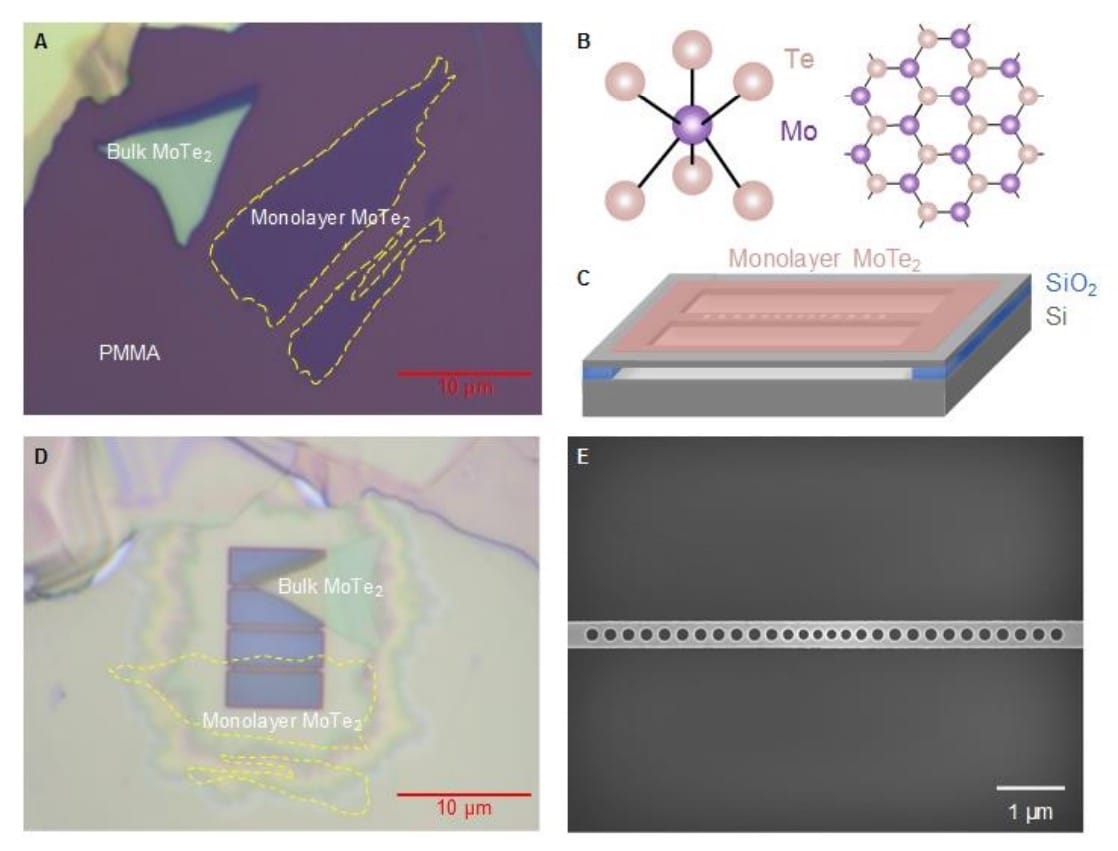
A new form of laser has been developed, and I’m wondering what it may do to future 3D printers.
Lasers are a critical piece in many types of 3D printers. While they are not employed on the most popular form of 3D printing, plastic extrusion, they are used on most other 3D printing processes:
- SLA 3D printers use lasers to solidify photopolymers
- SLS 3D printers use powerful lasers to fuse plastic powder into objects
- 3D Metal printers use very powerful lasers to melt metal particles
And other processes use lasers in other ingenious ways to create 3D objects from raw materials.
Thus when I read about the new nano laser concept, I wondered how they may fit into this picture.
A nanolaser is an actual laser, but has extremely small dimensions. Such equipment might be used for optical computing as a signal generator, for example.
But these things are challenging to make, and offer only low energies. The research talks of using transition metal dichalcogenides, which:
Provide the most efficient optical gain materials and have potential for making nanolasers with the smallest gain media with lowest energy consumption.
Previously this type of material had successfully been used to produce a nanolaser, but it had to be cooled to cryogenic levels, making it less practical for industrial use. Now the researchers have found a way to use this material to create nanolasers at room temperature.
It’s fun to imagine how this technology might be incorporated into a future 3D printer. One possibility is that a large number of these could be placed adjacently into a LCD-like panel that could illuminate entire 3D print layers simultaneously.
Another possibility is to place a linear sequence of nanolasers in a movable printhead that would traverse a layer of fine powder.
It may be possible to produce extremely high resolution objects with such printheads, as the nanolasers would be of very small dimensions, as mentioned.
Research like this confirms to me that 3D print technology is no where near its potential. Capabilities like this nanolaser are emerging from time to time, and any work like this has the potential to dramatically disrupt the industry, if transformed into a real 3D print product and handled properly.
Via Arxiv (PDF)

